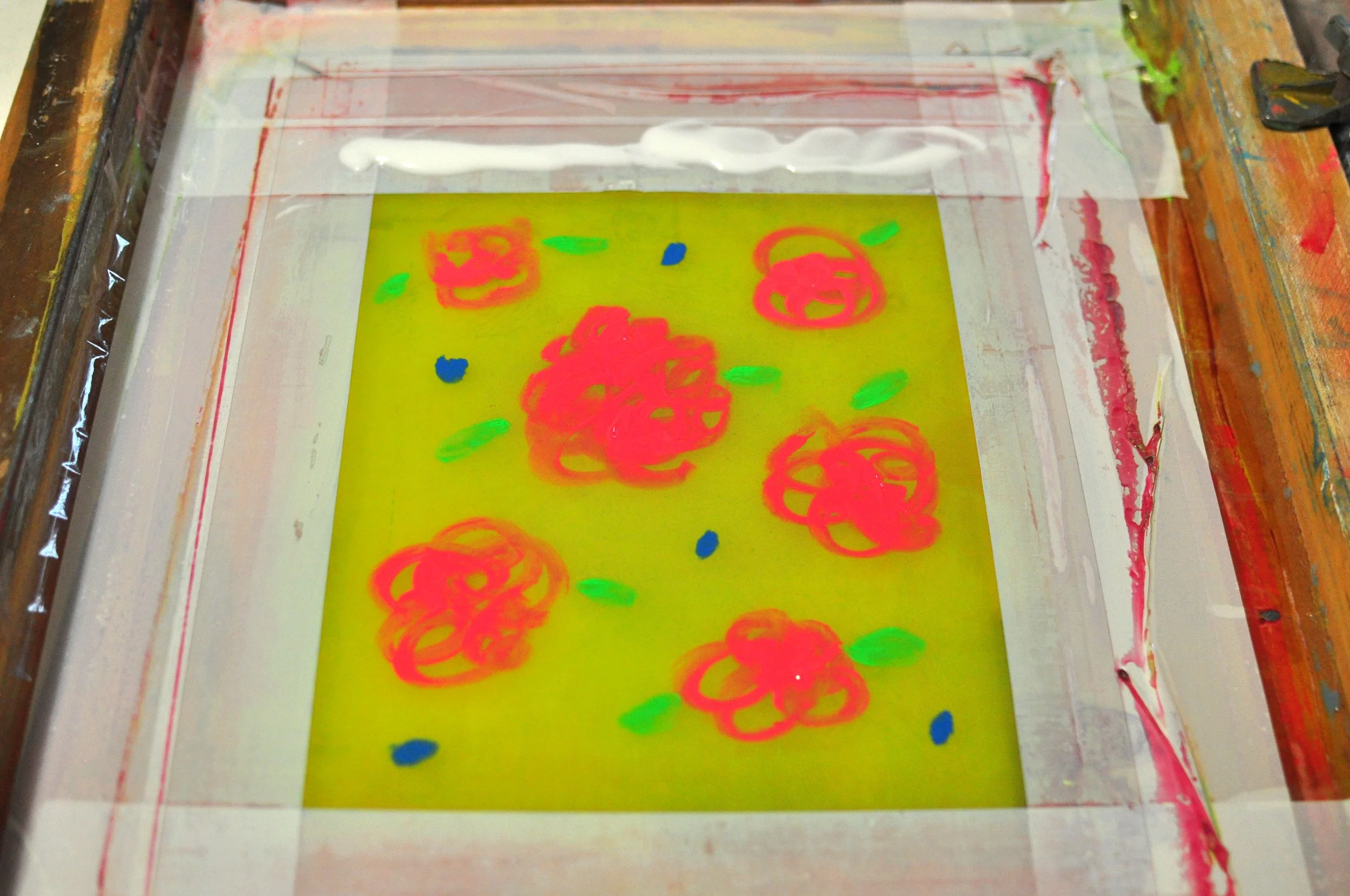ChatGPT said: The value of working with 10:9 Design Embroidery for branding
The Necessary Guide to Recognizing Screen Printing and Its Versatile Uses
Screen printing has an abundant background that goes back to old times, developing right into a sophisticated method made use of across different industries today. This overview checks out the intricacies of the screen printing process, describing its applications in style, home, and advertising and marketing decoration - 10:9 Design contact. Comprehending these fundamentals can open up imaginative capacity for both business and artistic projects. The adhering to sections will expose important tips and methods to improve one's screen printing endeavors
The Background of Screen Printing
Screen printing has roots that map back centuries, its evolution shows the technical and artistic developments of various cultures. Coming from ancient China, the strategy was originally utilized for embellishing textiles and later spread to Japan, where it ended up being essential to Ukiyo-e woodblock printing. The method moved to Europe in the 18th century, where it obtained popularity amongst craftsmens and business printers. The innovation of photo solution in the 20th century revolutionized screen printing, enabling even more complex designs and greater performance. Artists like Andy Warhol further drove its appeal, making use of the tool to develop famous works that mixed commercialism and art. By the late 20th century, screen printing had actually established itself as a versatile strategy, used in fashion, advertising, and art. Today, it continues to evolve, integrating electronic innovation and expanding its applications throughout different markets.
The Screen Printing Process Explained
Screen printing changes imaginative visions right into concrete layouts through a series of exact actions. A picture is created and then transferred onto a screen, typically made of great mesh fabric extended over a framework. A light-sensitive emulsion is related to the screen, which is revealed to light, hardening in areas not covered by the image. After washing out the unhardened emulsion, a stencil is created.
Next, the screen is positioned over the substratum, whether it be material, paper, or another product. Ink is after that pushed via the open locations of the pattern using a squeegee, transferring the layout onto the substrate listed below. This procedure can be duplicated for numerous colors, calling for separate displays for each and every color. The published thing is cured using warm to assure the ink sticks correctly, resulting in a sturdy, vibrant layout prepared for usage.
Kinds Of Screen Printing Techniques

Furthermore, specialty methods, such as discharge screen printing, remove dye from the fabric to produce softer prints, while aluminum foil screen printing applies metal foil to accomplish a glossy surface (10:9 Design LLC Company). Each technique uses distinctive attributes, dealing with numerous creative demands and production ranges, ultimately increasing the opportunities within the screen printing domain
Applications of Screen Printing in Various Industries

In addition, the signs and marketing sectors utilize screen printing for developing distinctive screens and banners. This approach permits bold shades and complex designs that record interest. In electronics, screen printing is utilized for applying conductive inks to motherboard, crucial for part links. Furthermore, the home décor industry accepts screen printing to produce unique designs on fabrics and wall surface art. In general, screen printing acts as an essential tool throughout diverse fields, improving items with personalized and aesthetically enticing graphics.
Tips for Successful Screen Printing Projects
While carrying out a screen printing job, cautious focus to detail can considerably improve the last result. Initially, selecting high-grade materials is vital; this consists of the screen, inks, and substrates. Using appropriate mesh matters can impact ink deposition and information resolution. Prep work is just as essential; complete cleansing of screens and correct exposure times assure crisp prints.
Next off, accurate enrollment is important for multi-color prints. Using alignment devices can aid achieve exact layering. In addition, screening prints on scrap materials before production assists identify prospective issues without squandering sources.

Often Asked Concerns
What Materials Are Finest for Screen Printing on Material?
Cotton and polyester blends are ideal for screen printing on textile because of their sturdiness and ink absorption. Additionally, specialized materials like silk or canvas can generate special textures and coatings, enhancing the total design high quality.
How Do I Clean and Maintain Screen Printing Devices?
To preserve and clean up screen printing equipment, one must frequently clean screens with ideal solvents, evaluate mops for wear, lube relocating parts, and store all items in a dry, dust-free environment to extend their lifespan.
What Are the Environmental Influences of Screen Printing?
Screen printing can have significant environmental impacts, consisting of chemical waste from solvents and inks, water use during cleaning procedures, and power intake. Environment-friendly products and sustainable practices are necessary for reducing these adverse impacts.
Can Screen Printing Be Done in the house Properly?
Screen printing can be successfully done at home with the right products and methods. Enthusiasts can create quality prints, though success depends on their ability level, equipment, and understanding of the process entailed.
What Are the Expenses Related To Starting a Screen Printing Company?

Beginning a screen printing business includes prices for tools, materials, and work area. Initial expenditures generally vary from a few hundred to several thousand bucks, depending on the scale, high quality of machinery, and wanted manufacturing ability.
Screen printing has a rich background that dates back to ancient times, advancing into an advanced strategy used throughout various industries today. An additional method, rotating screen printing, employs round displays, facilitating constant printing on fabric rolls, thus boosting efficiency for massive manufacturings. Additionally, specialized methods, such as discharge screen printing, get rid of dye from the textile to develop softer prints, while aluminum foil screen printing uses metal foil to achieve a shiny surface. In the fashion market, screen printing is extensively used to develop vivid styles on clothing, making it possible for brands to display their one-of-a-kind designs. Cotton and polyester blends are suitable for screen printing on material due to their durability and ink absorption.